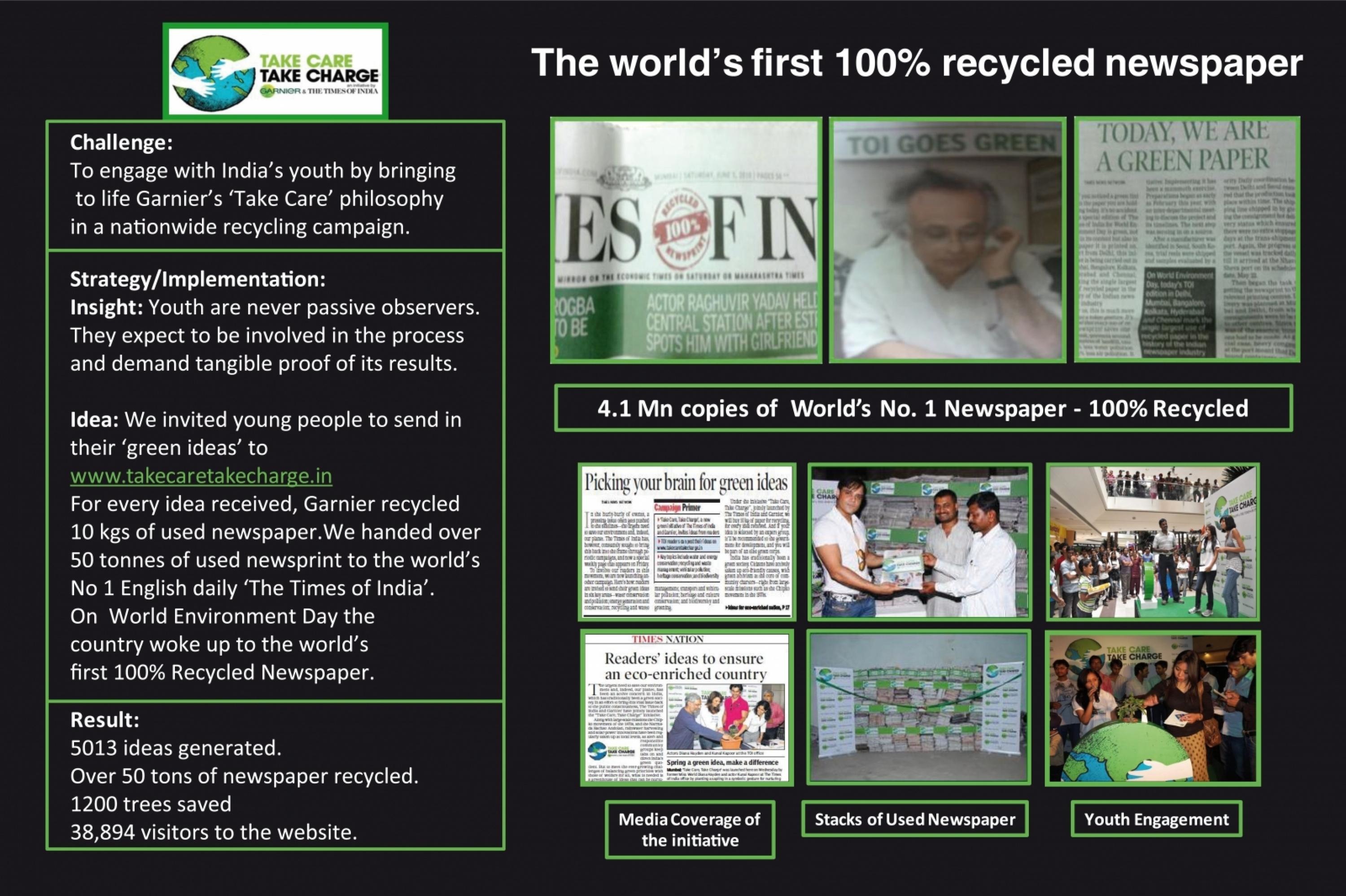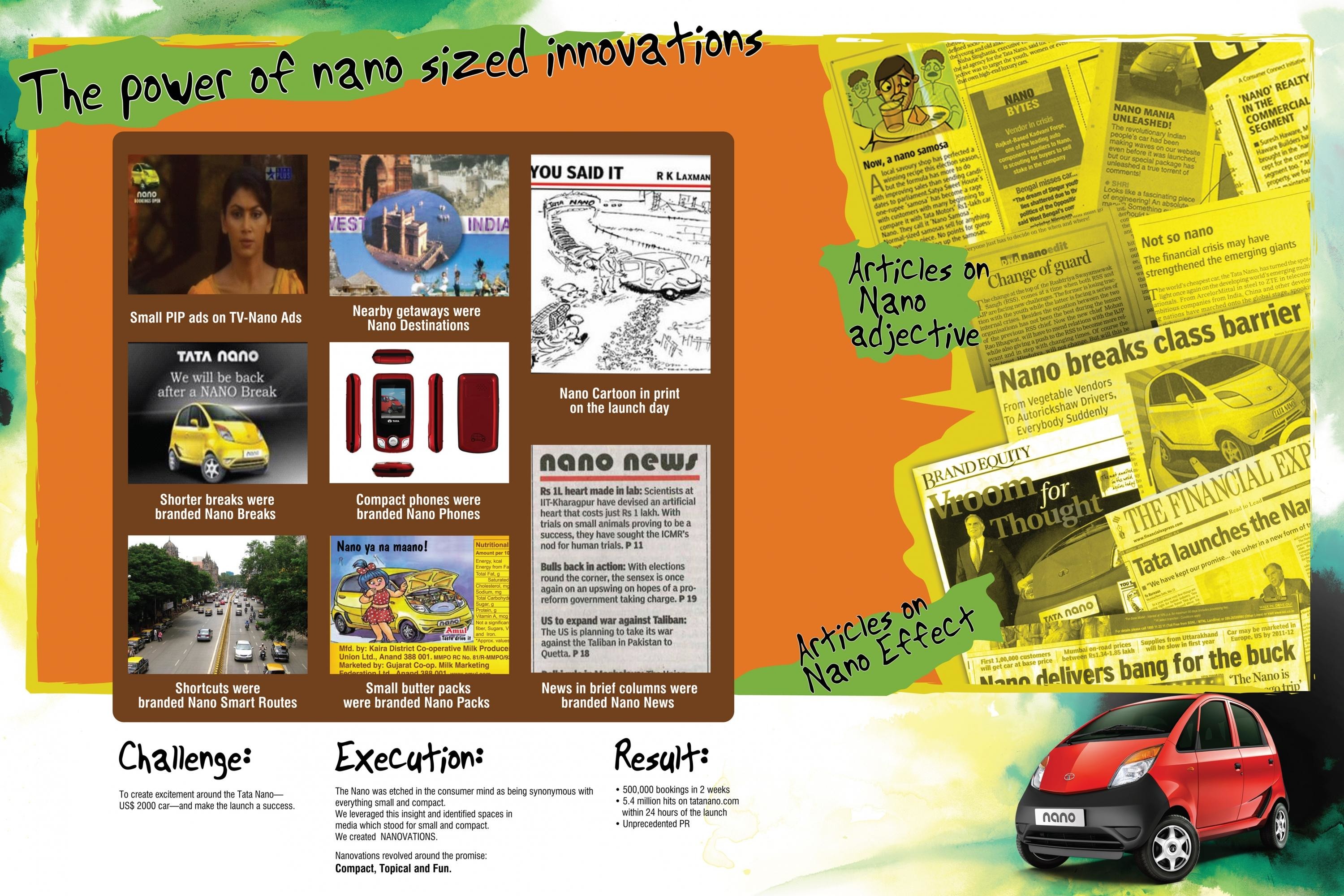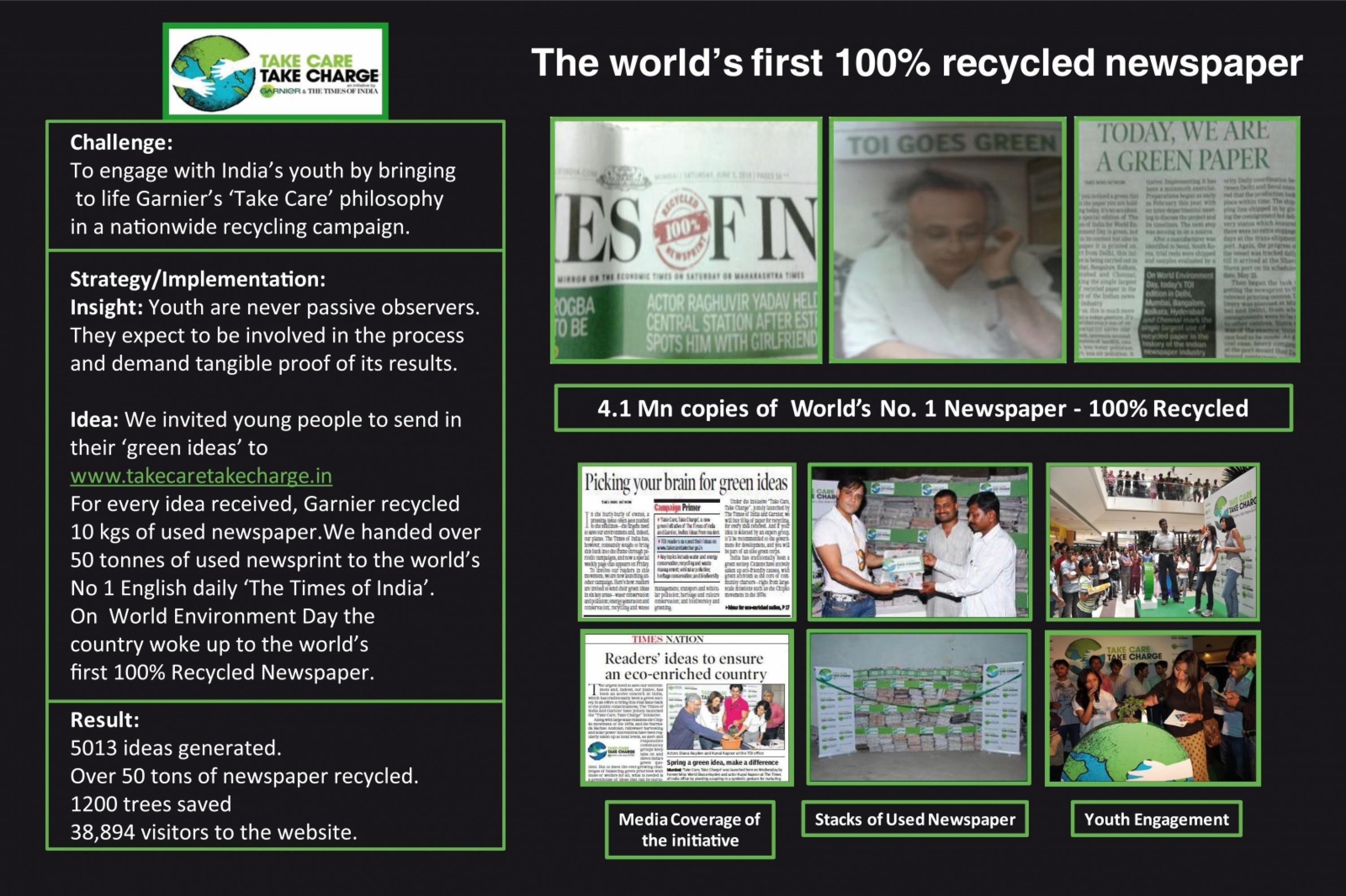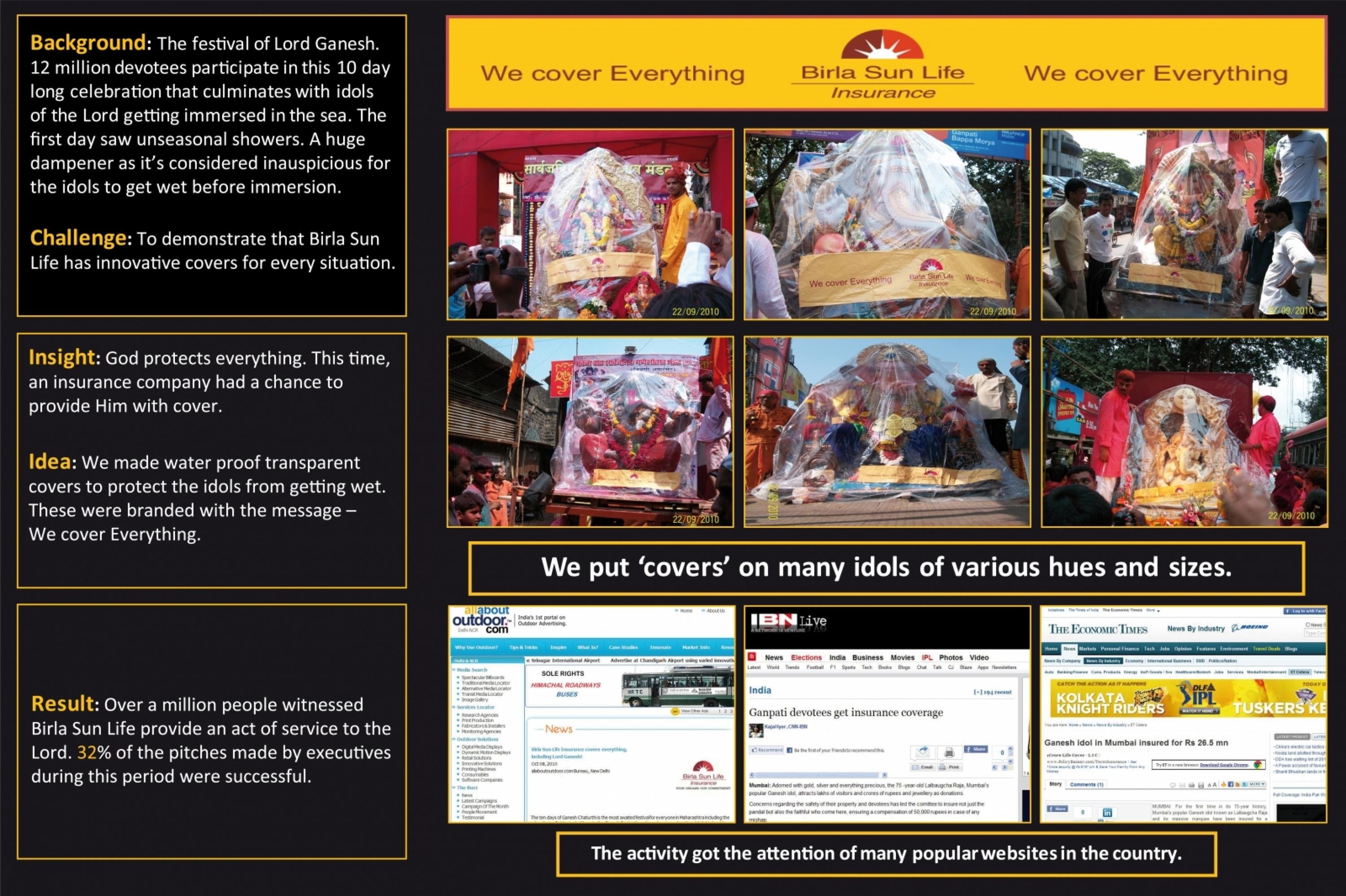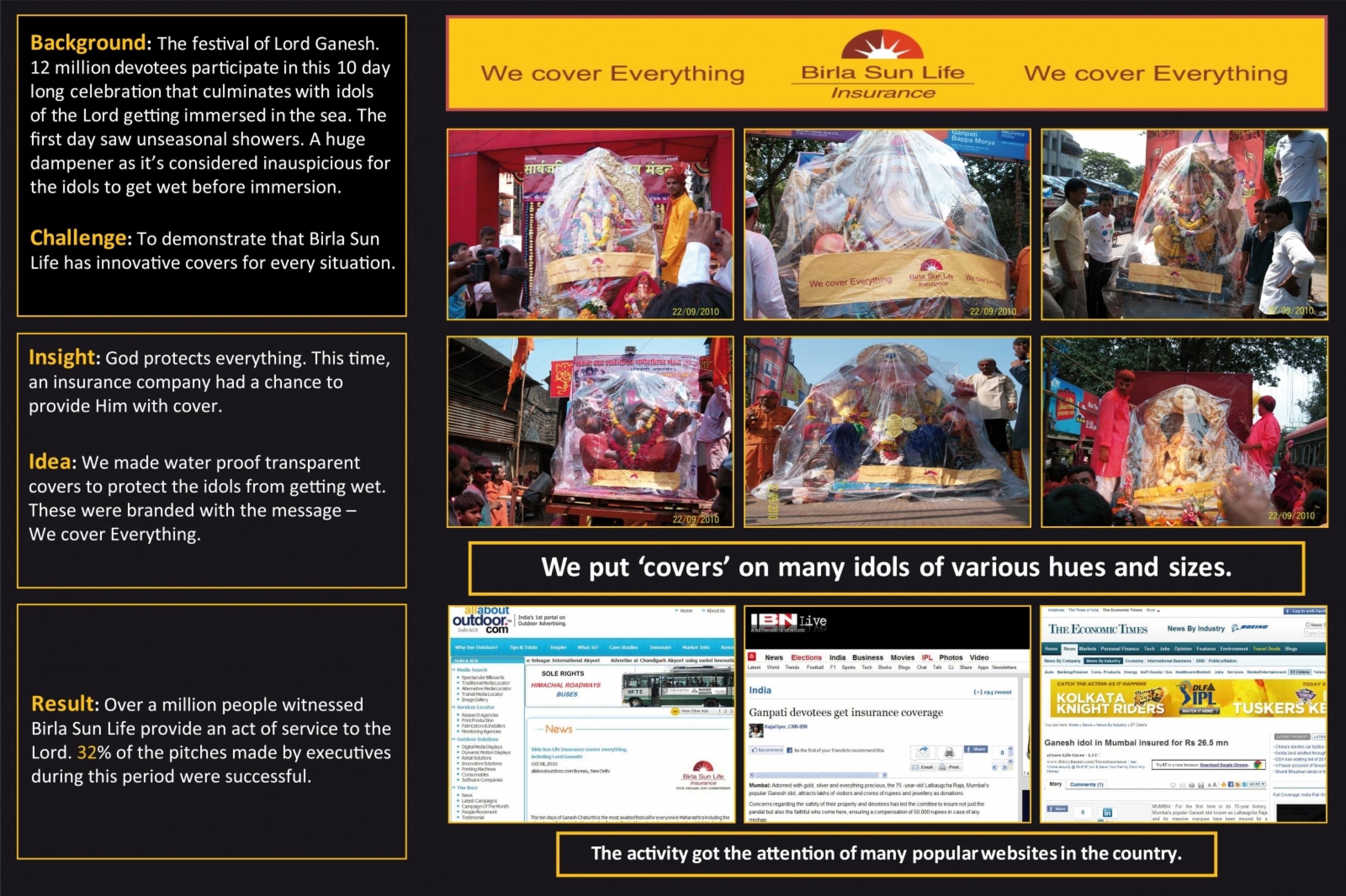Media > Channels
#NOCONDITIONSAPPLY SINDOOR KHELA
LODESTAR UM, Mumbai / TIMES OF INDIA GROUP / 2018
Overview
Credits
Overview
CampaignDescription
The vermillion dot on a woman’s forehead is a patriarchal symbol of marriage. In our religious society, only a woman wearing sindoor, is considered auspicious.
During rituals and traditions, this sacred symbol becomes a segregator dictating who is accepted, and who is rejected. Today, this sindoor has become a symbol of inequality between the married and the unmarried.
We transformed this single dot, a symbol that divides, into 2 dots, a new symbol of sisterhood. The 2 dots were used to ambush Sindoor Khela, a festival reserved for married women. We changed the divisive festival into one that includes and unites all women.
In September 2017, transgenders, widows, divorcees, sex workers, and married women, came together to celebrate Sindoor Khela, for the first time in 400 years.
Execution
Towards changing a 400 year old tradition of rejection, into a celebration of acceptance, we started with the 2 dot symbol of sisterhood.
This new symbol of sisterhood was introduced to Indian women by top Bollywood actor Vidya Balan.
20 more celebrities followed; including vocal feminists such as Taapsee Pannu, Rituparna Sengupta and Dr. Manobi, the first Indian transgender Doctorate. Influencers embraced and endorsed the movement, leading to a groundswell from fans across India.
Thereafter, leaders of minority communities were roped in to demand acceptance via a slam poetry film on social media. Unique targeted messages were released on Facebook, inviting women from these communities.
Lastly, a partnership with the biggest temple in Calcutta, made it possible for us to organize the first ever Sindoor Khela where widows, trans-genders, LGBTQ, sex-workers and married women came together in a joyous revolution of love and laughter.
Outcome
Our vermillion wave was unstoppable.
• In just 4 weeks we clocked in USD 912,335 in earned media(approximately 70X of our spends) & reached 708 million people becoming a No.1 trending topic on social media with 3 million comments & thousands of 2 dot ‘selfies’ from women & men
• Our campaign successfully broke a 400-year old patriarchal tradition where over 50 temple societies opened their doors to all women.
• In the process of finding cultural relevance, Times of India became the No.1 newspaper in Calcutta, beating even the local favorite – The Telegraph for the first time in 10 years.
Indian Readership Survey 2017: TOI – 3.5mn | Telegraph – 3mn
Relevancy
The Times of India is a leading national newspaper, but in Calcutta, The Telegraph was the preferred local publication. The latter was considered more culturally relevant, and more Bengali.
With #NoConditionsApply Sindoor Khela, Times of India created a grassroot movement,that reached millions.
By shattering a 400-year-old tradition in a conservative Hindu society, we were able to spark a nationwide debate.
In embracing the Bengali culture and making it more socially important, The Times of India was able to surpass Telegraph for the first time in 10 years.
Strategy
To change centuries of tradition, we knew ordinary rules wouldn’t apply.
Just reporting inequalities could not be the answer. We needed to carefully question the core of the tradition by inspiring a groundswell of women towards inclusivity.
To achieve this, our strategy was four pronged:
1. We created a uniquely Indian symbol, which every woman could adopt, and become part of a national sisterhood.
2. We partnered with leaders of minority communities like widows, trans-genders, and LGBTQ, to release a digital film demanding acceptance.
3. We joined hands with the biggest temple society in Calcutta and invited the “forbidden” women to attend Sindoor Khela.
4. To spread our message across all genders & generations, we engaged celebrities who were loud advocates of feminism.
This led to unprecedented buzz and a spontaneous upsurge of demands for equality - both online and offline.
Synopsis
Times of India is the largest circulated daily newspaper in India. In the state of Bengal, the Telegraph ruled the roost. To win this newspaper war, Times of India needed to connect with Bengalis as a people, not just readers & embed its message of ‘No Conditions apply’ within their culture.
One of India’s oldest festivals Durga Puja was steeped in a 400-year old tradition of discrimination.
Every year, 35mn Bengali women come together in celebration to play “Sindoor Khela”(the vermillion game)-an ancient ritual which reaffirms their womanhood.
But this national celebration of Goddess Durga comes with one big condition:
No single women, divorcees, widows, LGBTQ;
It is reserved only for the married. While all the other “forbidden” women look on, feeling rejected.
Objective:
Change this 400-year old tradition of rejection into a tradition of acceptance to help Times of India emerge as an undisputed leader nationally & locally.
More Entries from Use of Events in Media
24 items
More Entries from LODESTAR UM
20 items

